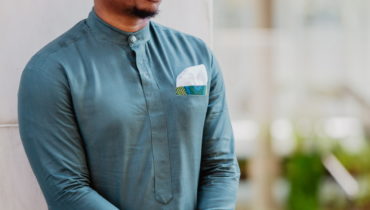It is of wide academic and fashion believe that the concept of footwear is alien to the majority of African culture. This, however, when taken up to the height of its implication can be seen to be of a considerable level of doubt and uncertainty. This is because there are shreds of evidence that there was a footwear culture of African origin before the introduction of the European colonialists into the scenery. In the West African country of Ghana, historical accounts report the availability of shoes specifically for kings and elders in the society whose feet are never allowed to touch bare ground, also, boots worn by Yoruba people of Nigerian elite class provide a wide canvas for dazzling beadwork, which can cover the entire surface of the boot.
Leather as a basic material
It is of considerable relevance that the most common material for footwear is leather, for which exists in Africa a booming market and a large array of raw materials. This naturally makes it easy for the African continent to sufficiently produce the leather works that include African inspired men’s footwear as well. It should be noted that there is a large gap between the availability of said materials, the production of African inspired men’s footwear and the consumption of these products by the public. For what they may worth, there is over 70% consumption of men’s footwear in Africa, and with a production of less than 45%, there is an unavoidable need to import men footwear of however African inspirations into the continent. So, the belief that the African people traditionally are not footwear appreciating people is repeatedly formed and reinforced.
Different styles and designs
There are no credits to the claims as the initial paragraph sought to show, for there is a long list of African inspired men’s footwear that seem to draw heavily from the leather supply and quality for which Africa is well known. The traditional African experience allows producers of this footwear to have a peculiar and specific design that will enable them to stand out from other cultures. For instance are the handmade “Zorkle Shoes” which pay special attention to details that include design and patterns. Also, Africans have begun incorporating traditional materials that include Kente, Ankara and batik designs that feature African fabrics. Many of which have been adopted by the international community however given foreign touches and signatures.





